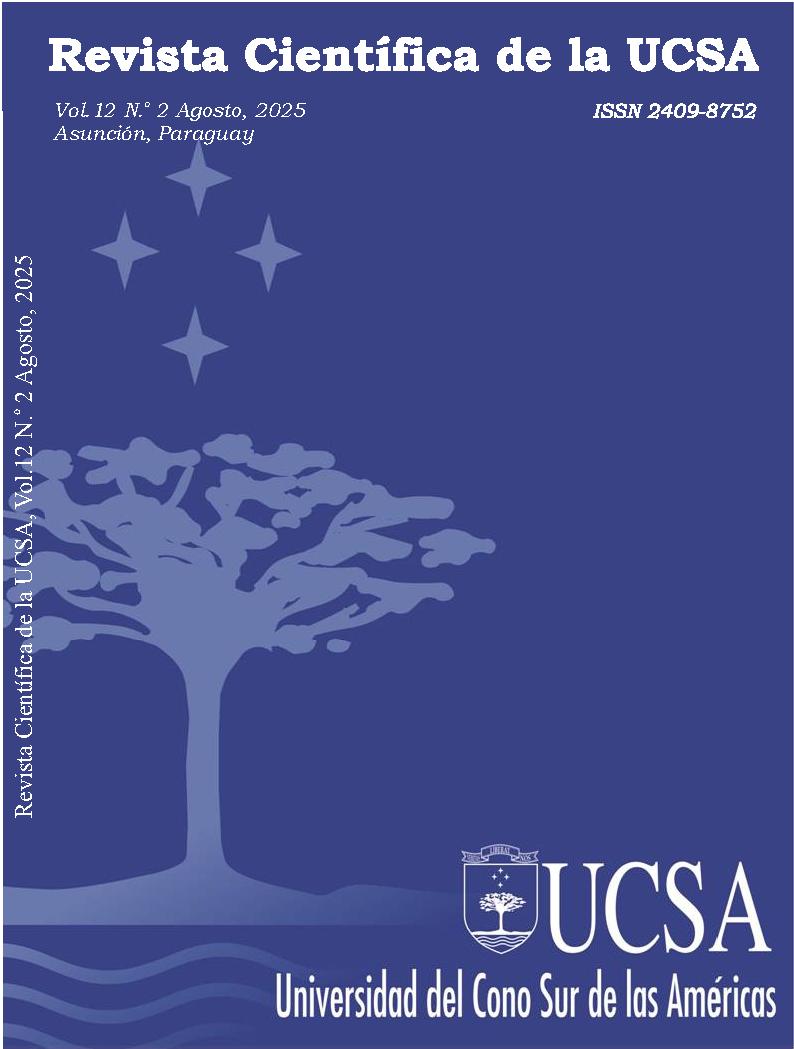Solar drying with air temperature control of vegetables and processed healthy physiological food products
Main Article Content
Abstract
This paper presents the results obtained from experimental trials of solar drying of vegetables and processed products for healthy physiological nutrition. Encouraging results were obtained from the trials carried out under different climatic conditions. The temperature control of the drying air functioned correctly, not exceeding 45ºC, in order to preserve the nutritional quality of the vegetables and processed products. Furthermore, physicochemical tests were performed on the vegetables and processed products before and after the dehydration process, such as: moisture, nitrogen, browning potential, total polyphenols, and antioxidant capacity. The results derived from this study provide information to predict and control changes in the quality of dehydrated products. The drying process, which ensures a maximum drying air temperature of 45ºC, is suitable for food preservation, maintaining its nutritional characteristics and generating minimal quality cost in terms of browning.
Article Details
Section
How to Cite
References
Brand-Williams, W., Cuvelier, M.E. and Berset, C. 1995. Use of a free radical method to evaluate antioxidant activity, Lebensmittel-Wissenschaft und-Technologie/Food Science and Technology, 28: 25-30.
Espinoza, Jaime S. (2016). Innovación en el deshidratado solar. Ingeniare. Revista chilena de ingeniería. Vol 24. Pp. 72-80. Universidad de Tarapacá Arica, Chile.
Hernández, V; Olvera, O; Guzmán, P. (2017). Secado de frutas y verduras con energía solar. Revista de sistemas experimentales. Vol4. Nº11. Pp.22-33. Ecorfan-Journal Bolivia. ISSN-2410-3950.
Moussaoui, H., Bahammou, Y., Tagnamas, Z., Kouhila, M., Lamharrar, A., & Idlimam, A. 2021. Application of solar drying on the apple peels using an indirect hybrid solar-electrical forced convection dryer. RenewableEnergy, 168, 131-140.
Singleton V.; R. Orthofer and R. Lamuela Raventos, 1999. Analysis of total phenols and other oxidation substrates and antioxidants by means ofFolin-Ciocalteu reagent. Methods Enzymol, 299:152-178.
Spotorno, R; Pochettino, J; Ambrosig, R; Pinatti, G; Vargas, O; Veppo, J; Figueredo, G. (2023). Diseño y construcción de una precámara destinada al control de temperatura del aire para el secado solar de vegetales de alimentación fisiológica saludable. ExITTec Claves para el Desarrollo. Vol 8 (2). Pp 5-13. Año: 2023.FACENA-UNNE.
Spotorno, R; Pochettino, J: García, F; Sequeira, A. (2024). Validación del diseño, construcción y puesta en funcionamiento de un secadero solar con control de temperatura de aire. Actas del 5º Congreso de Energías Sustentables en Bahia Blanca. Facultad Regional Bahía Blanca-UTN, AJEA-UTN Archivo Digital online 180-188. ISBN 978-950-42-0248-6. DOI: https://doi.org/10.33414/ajea.1770.2024 .
Vázquez, D; Camacho, I; Fernández, I. (1997). Manual del secado solar técnico de alimentos. Cochabamba: Energética: FAKT; RC-Ricerca e Cooperazione.
Viña, S. Z., & Chaves, A. R. 2006. Antioxidant responses in minimally processed celery during refrigerated storage. FoodChemistry, 94(1), 68-74.

